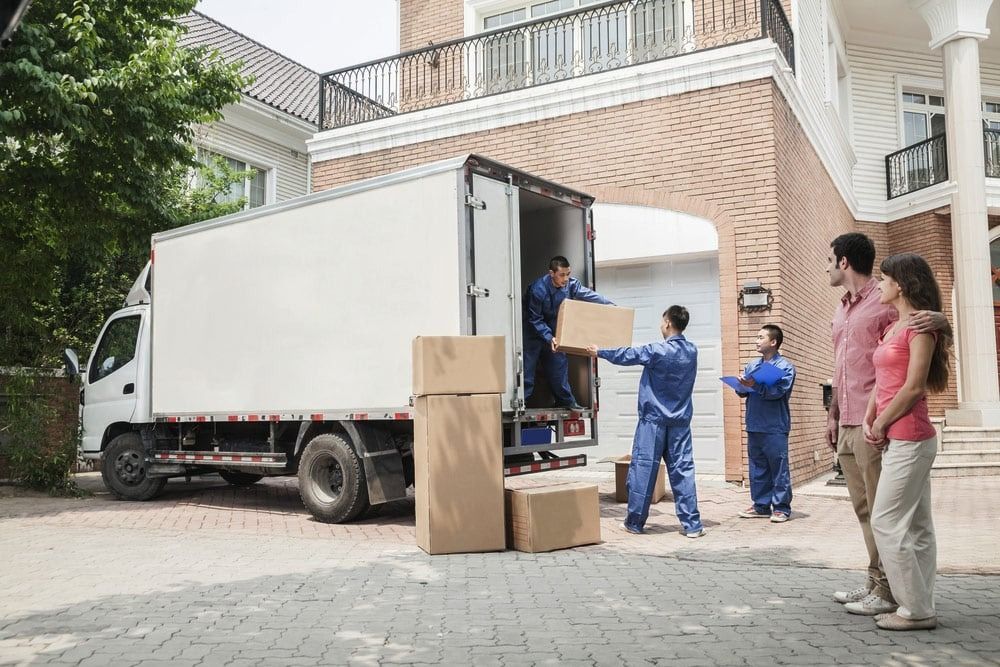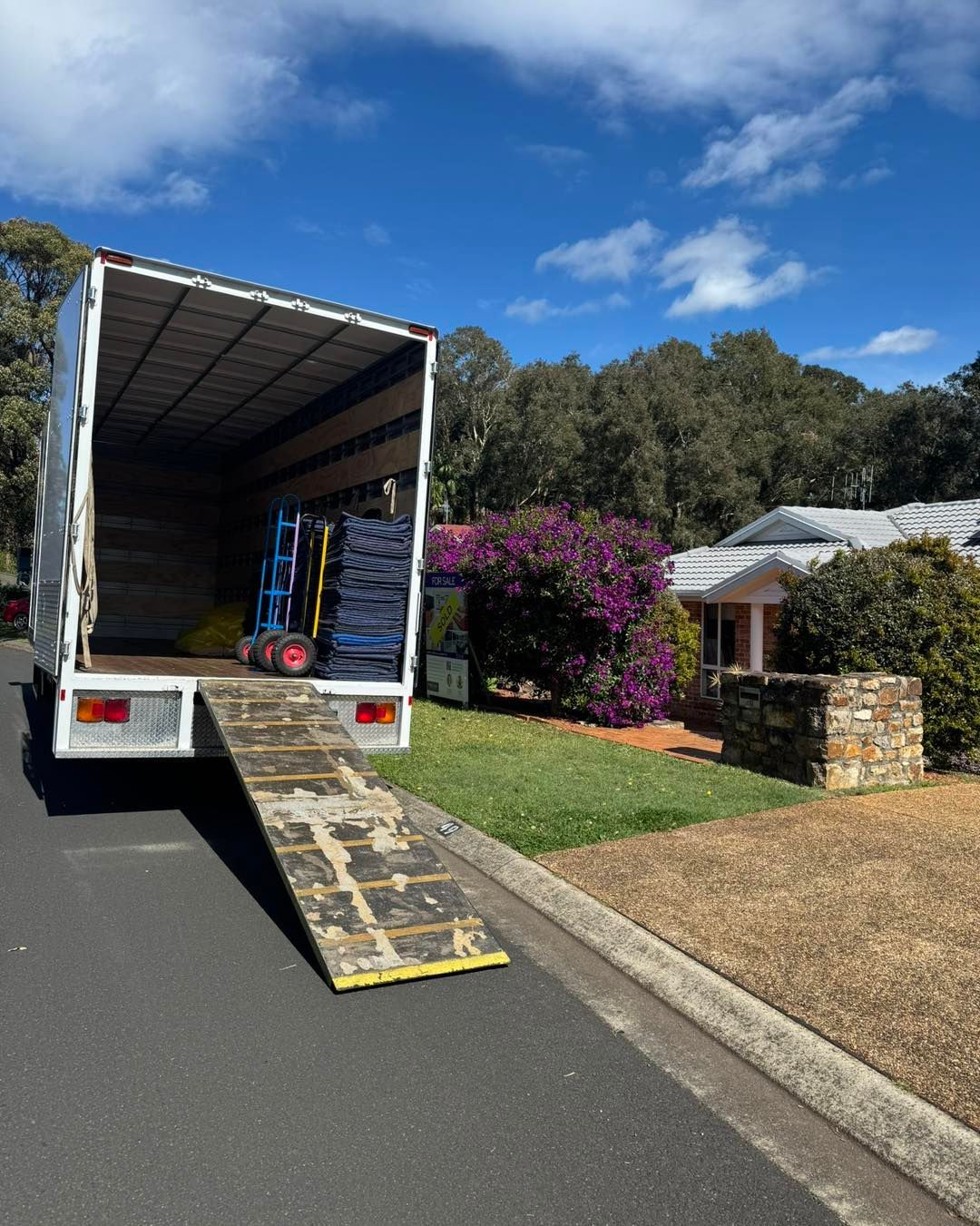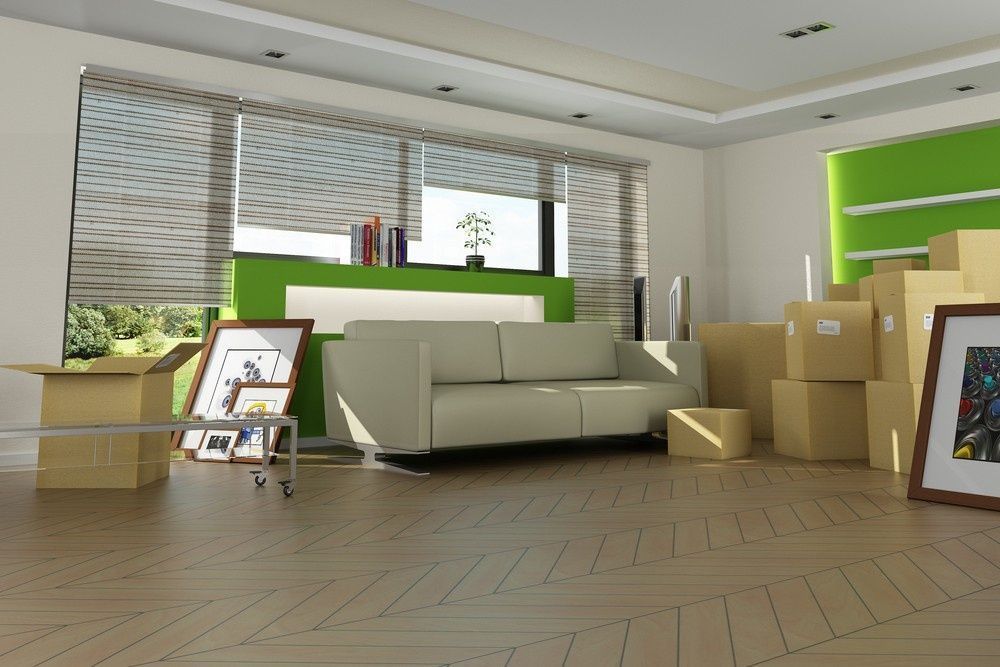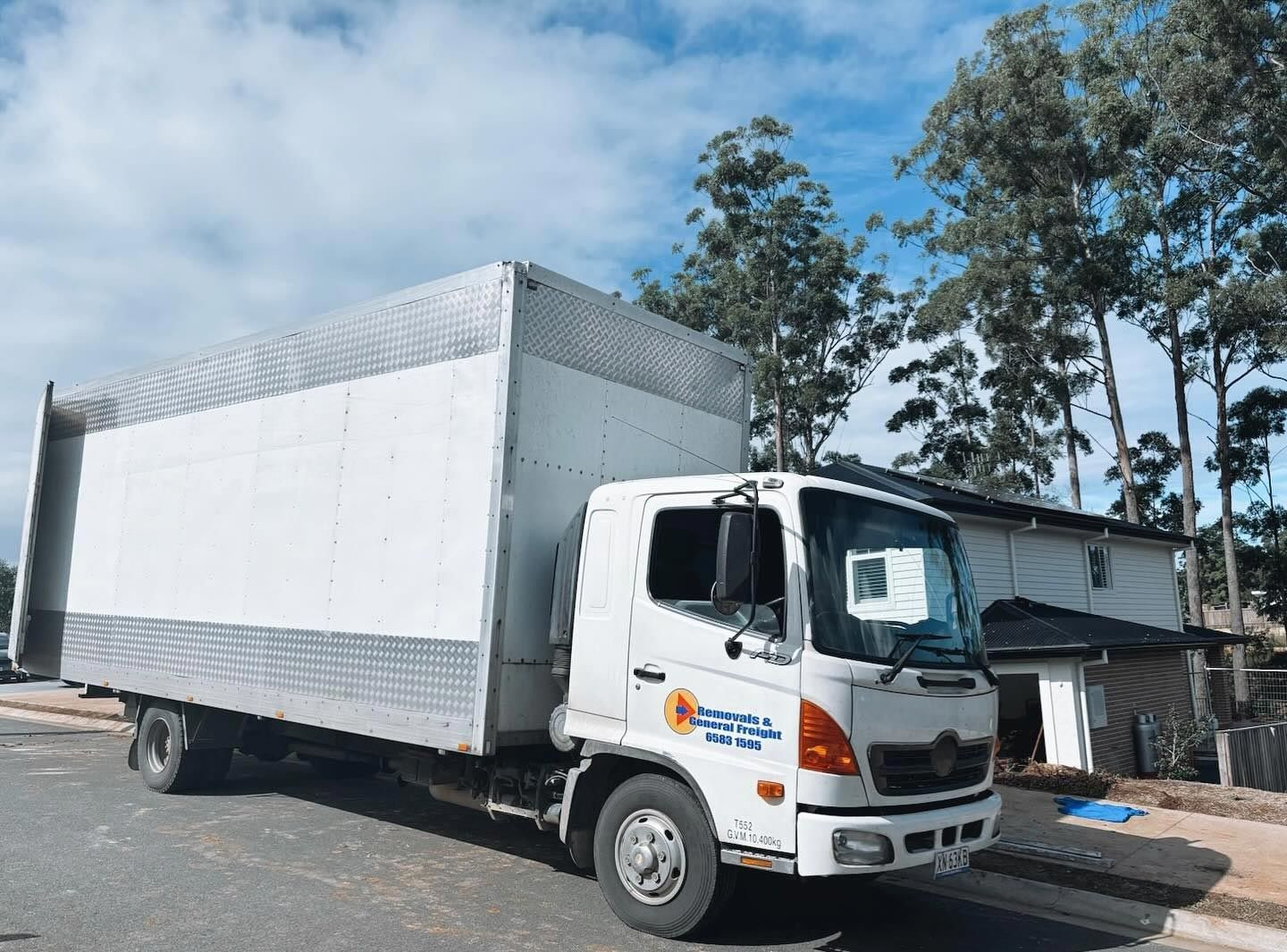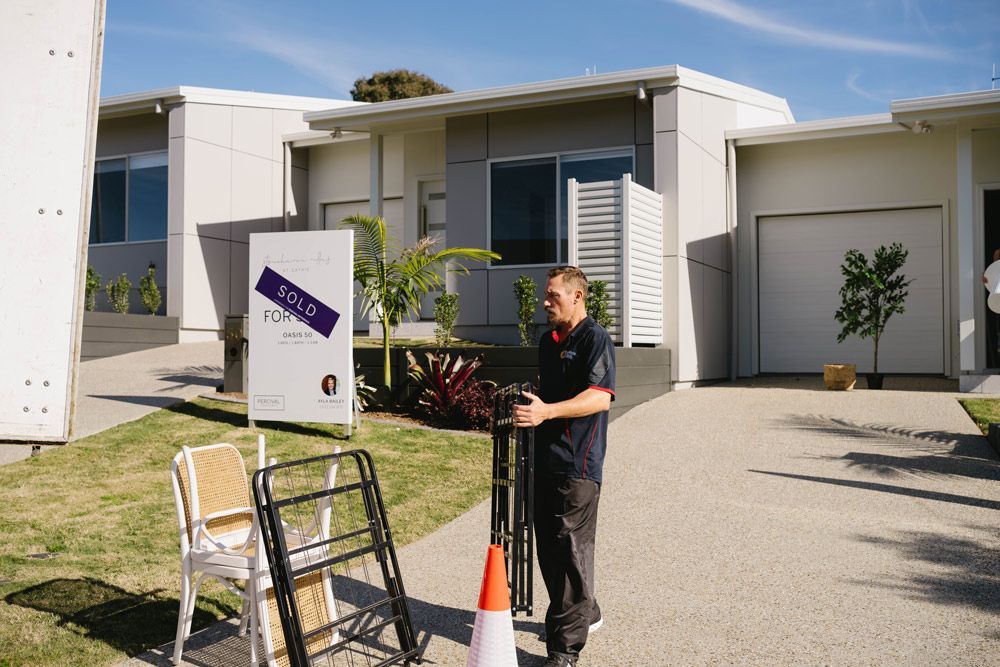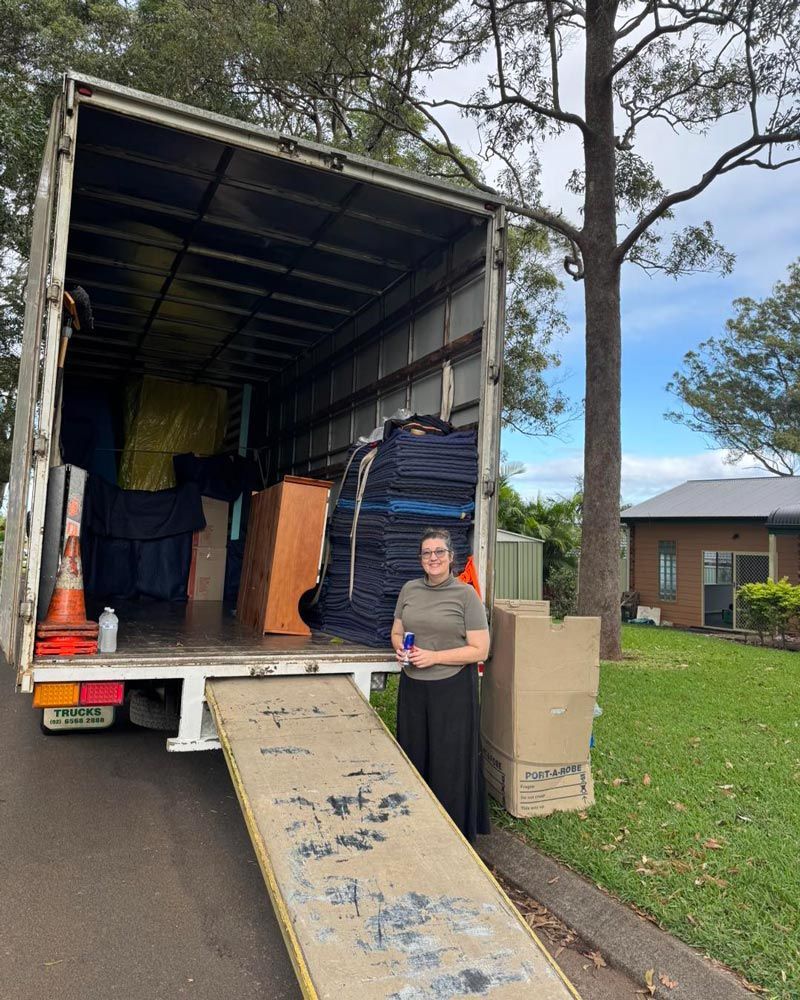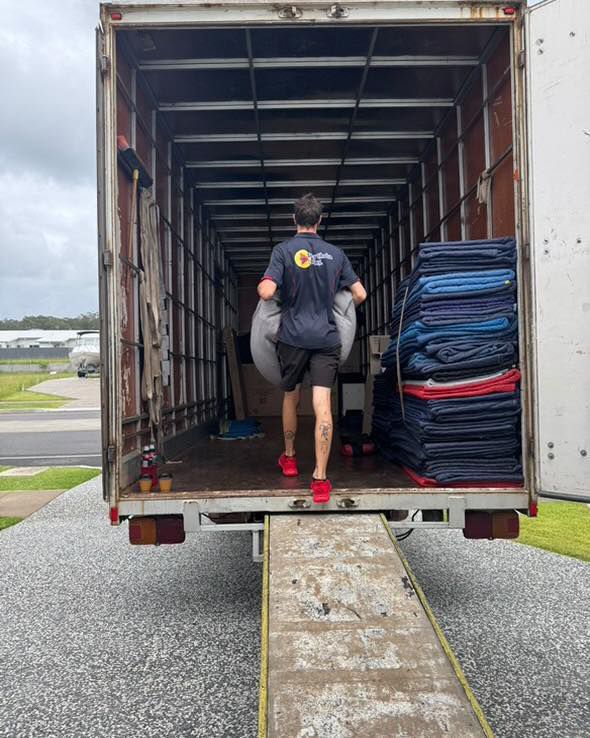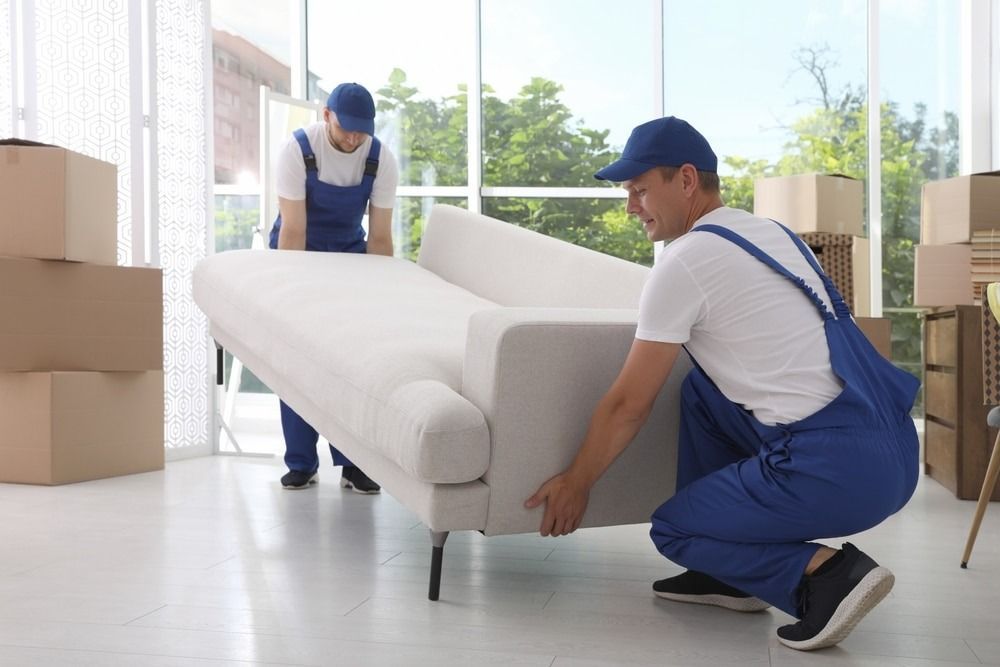8 Tips For Moving Antiques & Fine Art
Moving antiques and fine art is no ordinary task—it’s about safeguarding irreplaceable pieces that often hold significant historical, emotional, and financial value. These delicate items demand specialist handling, thorough planning, and professional techniques to ensure they arrive safely at their destination. In this blog, we’ll discuss a few moving tips designed to help you manage the complexities of moving fine art and antiques.
Table of Contents
- 1. Understand the Fragility of Antiques & Fine Art
- 2. Plan Ahead for a Smooth Move
- 3. Use Professional Packing Techniques & Materials
- 4. Ensure Secure Loading & Transport
- 5. Manage Environmental Risks During Transit
- 6. Consider Specialist Insurance for Valuable Items
- 7. Coordinate Moves with Galleries, Collectors & Institutions
- 8. Choose a Specialist Removalist Service
- Talk to Us About Your Upcoming Move
1. Understand the Fragility of Antiques & Fine Art
Antiques and artworks aren’t like everyday household items. Their age, materials and construction make them especially vulnerable to damage from knocks, vibrations, or environmental changes. Moving them safely begins with recognising and respecting their fragility.
Antique & fine art items can be damaged by:
- Temperature fluctuations that cause cracking in oil paints and varnishes
- Fragile joinery or aged wood that splits under stress
- Protruding sculpture elements that can snap with even light contact
- Paper-based art that’s highly sensitive to moisture and light
- Delicate decorative finishes that scuff or chip easily
Professional removalists conduct item-by-item assessments to understand these vulnerabilities and tailor their packing and transport approach accordingly.
2. Plan Ahead for a Smooth Move
Moving high-value, fragile items is not something to leave to the last minute. Careful, early planning is essential to ensure everything goes smoothly and nothing is overlooked. Engaging with your removalist well before moving day provides time to solve potential issues and secure any specialised resources needed.
Steps to ensure a well-planned move:
- Document every item with detailed inventories and photos for condition records
- Arrange an on-site assessment with your removalist
- Identify which items need custom crating or additional protection
- Schedule the move with time buffers to avoid last-minute pressure
- Coordinate with galleries, auction houses, or storage facilities if needed
- Confirm insurance requirements well before packing begins
Early planning ensures your precious items are given the time and attention they deserve.
3. Use Professional Packing Techniques & Materials
Professional packing is the single most important step in protecting your antiques and fine art in transit. It goes far beyond throwing items in boxes or wrapping them in newspaper. It requires the right materials and techniques, tailored to each piece’s unique needs.
Recommended packing solutions include:
- Custom-built crates for fragile or valuable artworks
- Acid-free tissue and museum-grade wrapping for paintings and paper-based items
- High-quality bubble wrap to absorb impact
- Foam corner protectors for framed art
- Heavy-duty moving blankets for antique furniture
- Void fillers to prevent movement within boxes
Experienced removalists have access to these materials and know how to use them to keep items stable, cushioned and safe throughout the journey.
4. Ensure Secure Loading & Transport
Even perfectly packed items can be damaged if they’re carelessly handled during loading or poorly stacked in the truck. Professional removalists use deliberate, secure loading techniques to prevent shifting, crushing, or impact damage.
Key practices for secure transport include:
- Planning the loading order to isolate fragile items
- Using tie-down straps to secure crates and furniture
- Filling gaps to prevent items from shifting in transit
- Loading vertically, where safe, to distribute weight evenly
- Balancing the load across the vehicle to avoid tipping or sliding
- Checking the load during stops for shifting or settling
Professional handling during loading and unloading is critical to ensuring that carefully packed items remain safe until they reach their destination.
5. Manage Environmental Risks During Transit
Environmental factors like temperature, humidity and light exposure can seriously harm antiques and artwork during transport. Managing these risks requires forethought and the right equipment.
Potential environmental risks & solutions:
- Direct sunlight can fade pigments or finishes—wrap and store items away from windows
- High humidity can lead to mould or warping—use climate-controlled vehicles if needed
- Sudden temperature changes can crack paints or finishes—avoid unregulated storage stops
- Dust or dirt can abrade surfaces—use sealed wrapping and containers
- Long transit times can amplify all these risks—choose the shortest, most reliable route
A professional removalist service considers these factors when planning and executing moves for antiques and fine art.
6. Consider Specialist Insurance for Valuable Items
Even with the best planning and handling, there’s always a small risk of damage or loss in transit. Specialist insurance is essential for peace of mind and financial protection if the unexpected occurs.
Key insurance features to look for:
- Cover tailored specifically for antiques and fine art
- Full replacement value rather than minimal basic coverage
- Protection against accidental damage, theft, fire or environmental factors
- Clear valuation and documentation requirements
- Flexibility for single items, whole collections or high-value moves
A professional removalist can help guide you through the insurance options and requirements, ensuring you’re properly protected.
7. Coordinate Moves with Galleries, Collectors & Institutions
Moving antiques and fine art often involves more than just the owner. Galleries, auction houses, collectors, and institutions may have specific requirements for handover, documentation or installation. Professional removalists understand the need for seamless coordination.
Tips for coordinating with other parties:
- Schedule pickups and deliveries that align with business hours or exhibition openings
- Maintain chain-of-custody documentation for valuable or sensitive items
- Conduct condition reports before and after transport
- Liaise with art handlers or curators about installation requirements
- Provide secure, short-term storage if timing doesn’t align perfectly
- Respect privacy and security requirements, such as non-disclosure agreements
Professional coordination ensures the move is smooth, secure, and meets the standards expected in the art world.
8. Choose a Specialist Removalist Service
Choosing a specialist removalist service is the best way to protect your antiques and fine art during a move. It’s about far more than simply moving boxes—it’s about safeguarding irreplaceable treasures and giving you peace of mind.
Benefits of working with professionals:
- Access to specialist packing materials and methods
- Experienced staff trained in handling delicate, high-value items
- Secure, carefully planned loading and transport
- Assistance with insurance arrangements
- Coordination with galleries, collectors, or institutions
- Risk management for environmental and handling hazards
Choosing the right removalist means trusting that your treasured items will be treated with the care and respect they deserve.
Talk to Us About Your Upcoming Move
At Easy Choice Removals and General Freight, we know that moving antiques and fine art isn’t just about getting them from one place to another. Our removalists on the Central Coast offer careful transport of delicate and valuable items, with tailored services designed to minimise risk and make your move seamless. If you’re planning a move, get in touch via our contact page or give our removalists in NSW a call to discuss your requirements.

